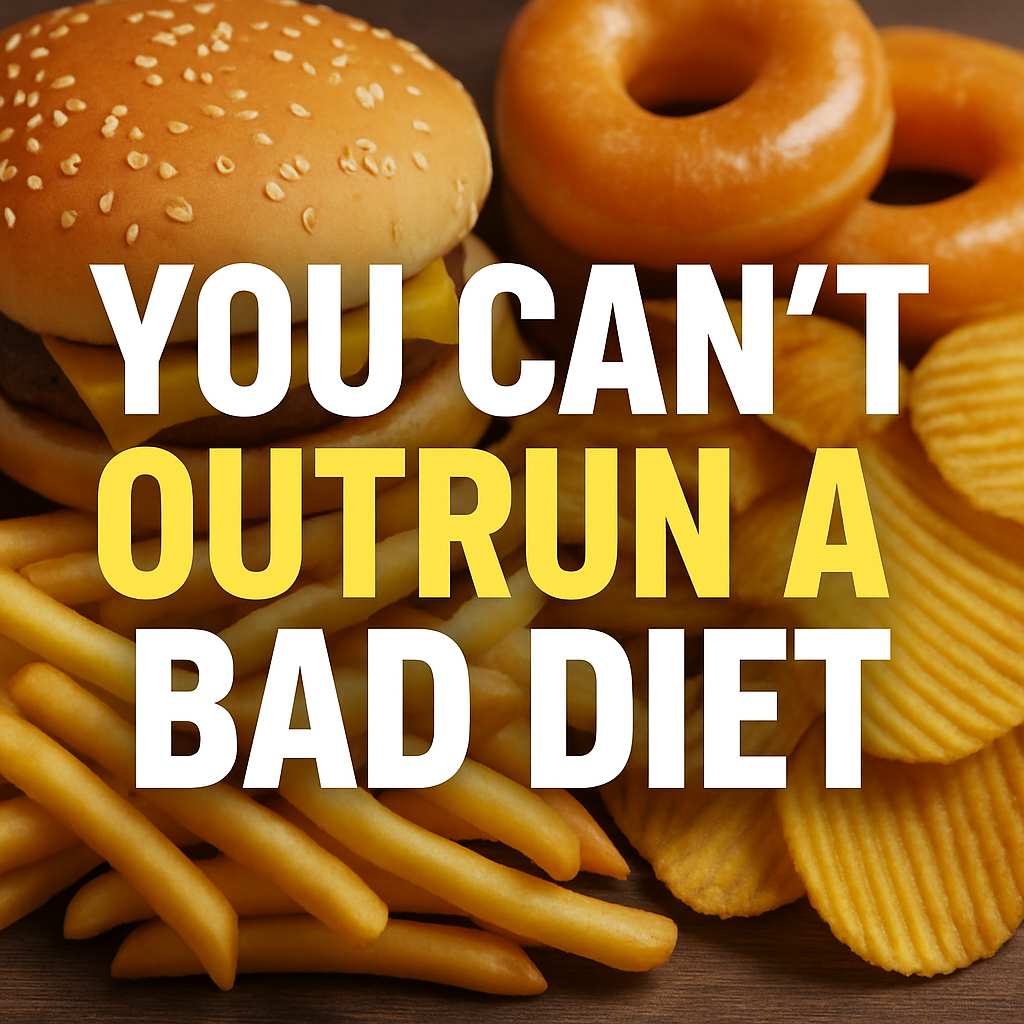
We’ve all heard it before: “Just exercise more and you’ll lose the weight.” For decades, that’s been the health mantra in gyms, doctors’ offices, and magazine covers. But according to new research published in the journal PNAS (and covered by NPR), the real story is much more complicated.
Turns out, no matter where you live—whether you’re a Tanzanian hunter-gatherer or an office worker in Boston—humans burn roughly the same amount of calories per day. Yes, even people who are constantly on the move, foraging, farming, or walking miles a day don’t torch significantly more energy than those of us with desk jobs.
So what does that mean for us? It means the old idea that we’ve gained weight simply because we’re less active doesn’t quite hold up. The real driver of obesity is food.
The Diet Difference
Over the last century, our plates have changed dramatically. Ultra-processed foods—think chips, packaged snacks, sugary drinks, frozen dinners—now dominate the modern food supply. These foods are designed to be addictive, calorie-dense, and nutrient-poor.
The study found that populations eating more ultra-processed foods had significantly higher obesity rates, regardless of how much they moved. In other words, it’s not about how many steps you’re taking—it’s about what’s on your plate.
As Dr. Dariush Mozaffarian of Tufts University put it, “It’s 100% the diet.”
Why Exercise Still Matters
Now, before you toss your sneakers in the closet, let’s be clear: movement is medicine. Exercise is essential for brain health, bone strength, balance, and mood. Studies show regular activity can even extend your life.
But when it comes to weight management? Exercise alone isn’t enough to outrun a steady diet of processed foods.
The public health message needs to shift: if we want to tackle obesity, it’s not just about moving more—it’s about eating better.
What You Can Do Today
Here are a few simple, sustainable ways to get back to basics with food:
Choose real foods. Fill your plate with whole fruits, vegetables, lean proteins, and healthy fats.
Cut the ultra-processed stuff. Save packaged snacks and sugary drinks for once-in-a-while treats, not everyday fuel.
Cook at home more often. You’ll have more control over ingredients and portion sizes.
Eat mindfully. Slow down, savor your meals, and give your body time to register fullness.
It’s not about perfection—it’s about progress. Every small shift toward whole, nourishing foods adds up.
The Takeaway
You can’t outrun a bad diet. But you can outsmart it—by focusing on what you eat, not just how much you move. Think of exercise as the gift you give your body to keep it strong and resilient, and food as the fuel that determines how well it runs.
Want some practical tools to support your health journey?
Check out my books written especially for healthy aging:
Tai Chi & Qigong for Seniors – gentle balance and brain-boosting movements.
13 Easy 5-Minute Yoga Poses for Seniors – stretch, breathe, and restore in minutes.
Resistance Band Workouts for Seniors – build strength at home, no fancy gym required.
Or get the 3-in-1 edition with all three!
